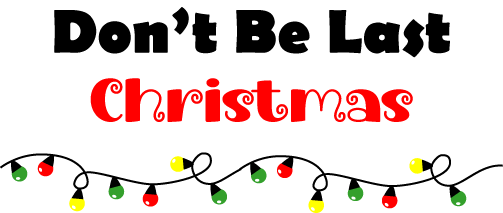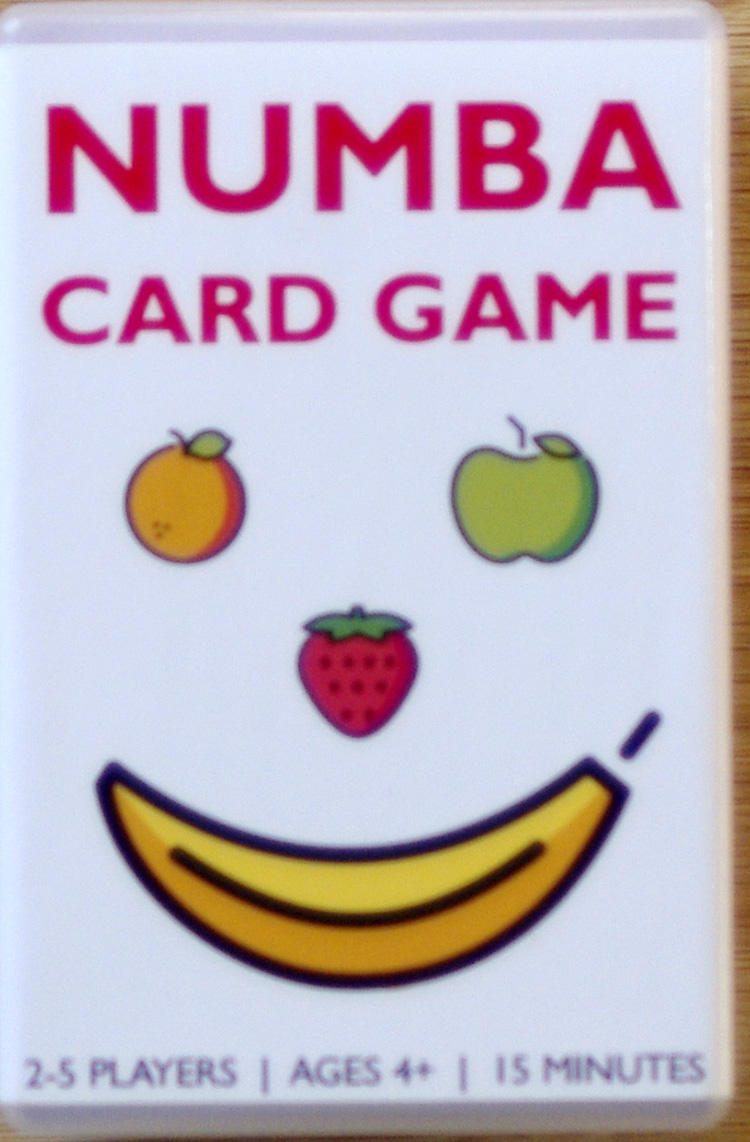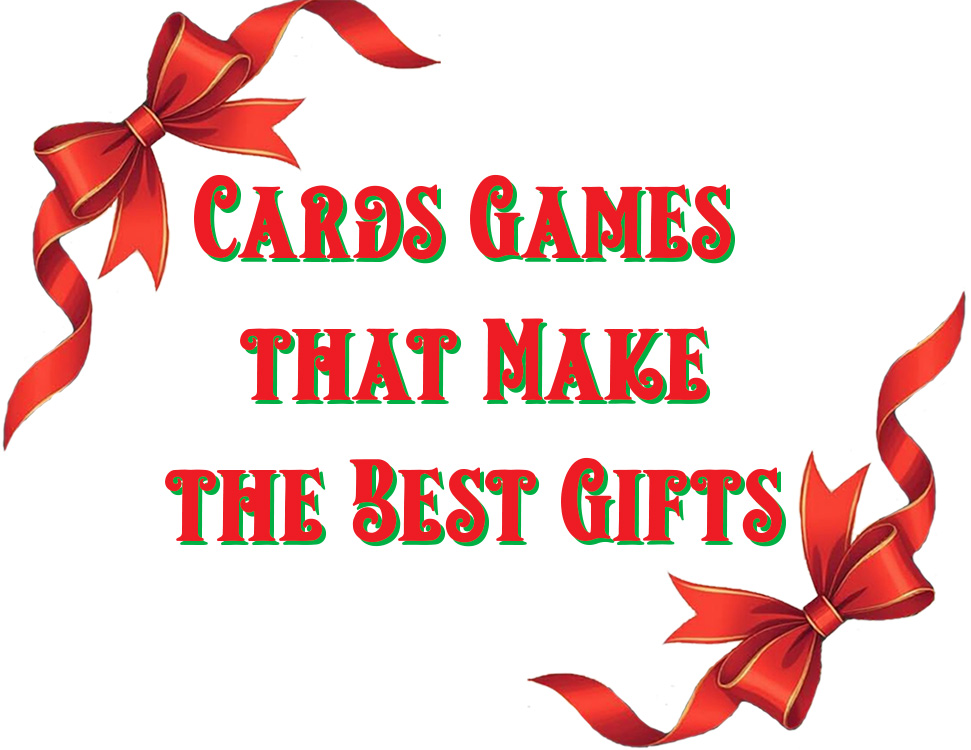May the Best List Win 3 to 6 players ages 12 and up
This post may contain affiliate links. I receive a small commission at no cost to you when you make a purchase using my link.
Here at Family Game Shelf, you know that we love word games – Scattergories, Categories, Codenames, Like Minds, and many more. (We even have our own seasonal versions of Outburst and Taboo in the FGS Shop.) So when I heard about Listography I knew we had to give it a try.
But would it be just like Scattergories? How would it be different? And would it take over as our new favorite word game? Keep reading to find out the answers.
Setting Up Listography
To start, you need a paper and pen for each player. Next, you need to set up the game board. This is the first way that Listography differs from Scattergories. Each player gets their own mover and the race to the finish line in on.

How to Play Listography
Each round of Listography is different. To start, a player takes a card from the box and reads the instructions out loud for the group. Next, he reads the topic. The timer is then started and players make their lists.
When the time is up, players share their lists and score according to the instructions. Next, players move their pawns on the game board and a new card is drawn.

The Cards
There are three different types of cards. First, there are the One-On-One cards.
These cards have players writing up to ten items on their lists. The goal is to match with only one other player. When a payer matches with one other player, she gets to move her pawn on the board one space. However, if she matches with two or more players, no score is earned. An example of this card is “Things people buy as souvenirs.”

The next type of card is the Threefold cards. These cards have players writing three items on their lists. Players are trying to match as many players as they can. Players earn a point for each match they make. For example, if you match with three other players, then you get to move your pawn three spaces on the board. An example topic for Threefold cards is “types of birds.”

Last, is the Forgotten Four cards. These card have players writing four items on their lists. Instead of matches, however, the players are trying to match no one. They score one point for every item on their lists that no other player has. An example of a topic for Forgotten Four is “Ivy League Schools.”

Special Spaces on the Board
There are +2 spaces on the board. These spaces allow a player to move two more spaces if they land on the space that matches their pawn colour at the end of a round.
Winning Listography
The first player to reach the win space is the winner. If there is a tie, the player with the most points wins.
What We Like
Because we play so many word games, we like that Listography has different categories. We also like the variety in matching and non-matching goals. Next, we like the box; there is no empty space in this box and it’s a nice compact size (important when your shelf is over flowing with games).
The game also comes with 300 topic cards so there’s lots of playability. We also like that it is a fast moving game where you don’t have to wait for someone else’s turn to be over.
Last, we like that when the goal is to match as many players as possible, there’s a team spirit.
What We Don’t Like
Although we like the variety, we did find ourselves mixing up what we were supposed to do. We would write four items when we were supposed to only have three answers. At the beginning of the game it’s easy to keep track but as the game goes on you focus on creating the lists and less about the rules. We found that we had to read the rule for each card every time—even though there’s only three to choose from.
Next, we found that some of the categories were out of our range. What is an Ivy League school? (As Canadians we’re not really sure and are unfamiliar with them unless they’re in movies. But which ones are Ivy League…not sure.)
Is Listography Worth Adding to your Family Game Shelf?
Our expectations of this game were high, however the first time we played we didn’t care for it. I’m not sure if we weren’t in the right mood or it was our expectations. The second time we warmed up to it. And the third time we found ourselves laughing and enjoying ourselves. So is Listography worth it?
I’d say if you love word games and don’t mind slight mix-ups then Listography is a good addition to your Family Game Shelf.
To add Listography to your shelf, shop here. Canadians can shop here.

Rating:

Joel:

Julia:

Carrie-Anne:

If you’re looking for more word fun, check out Like Minds, Scattergories and Pickles to Penguins. You can also see our Seasonal No-No Games (like Taboo) our Seasonal List Games (like Outburst) and our Categories games in our Family Game Shelf Shop with all of our other games.
Pros: different, simple rules, small box
Cons: a bit confusing at times, topic cards hit and miss
Mom: outside the box thinking, attention to detail





Be the first to reply